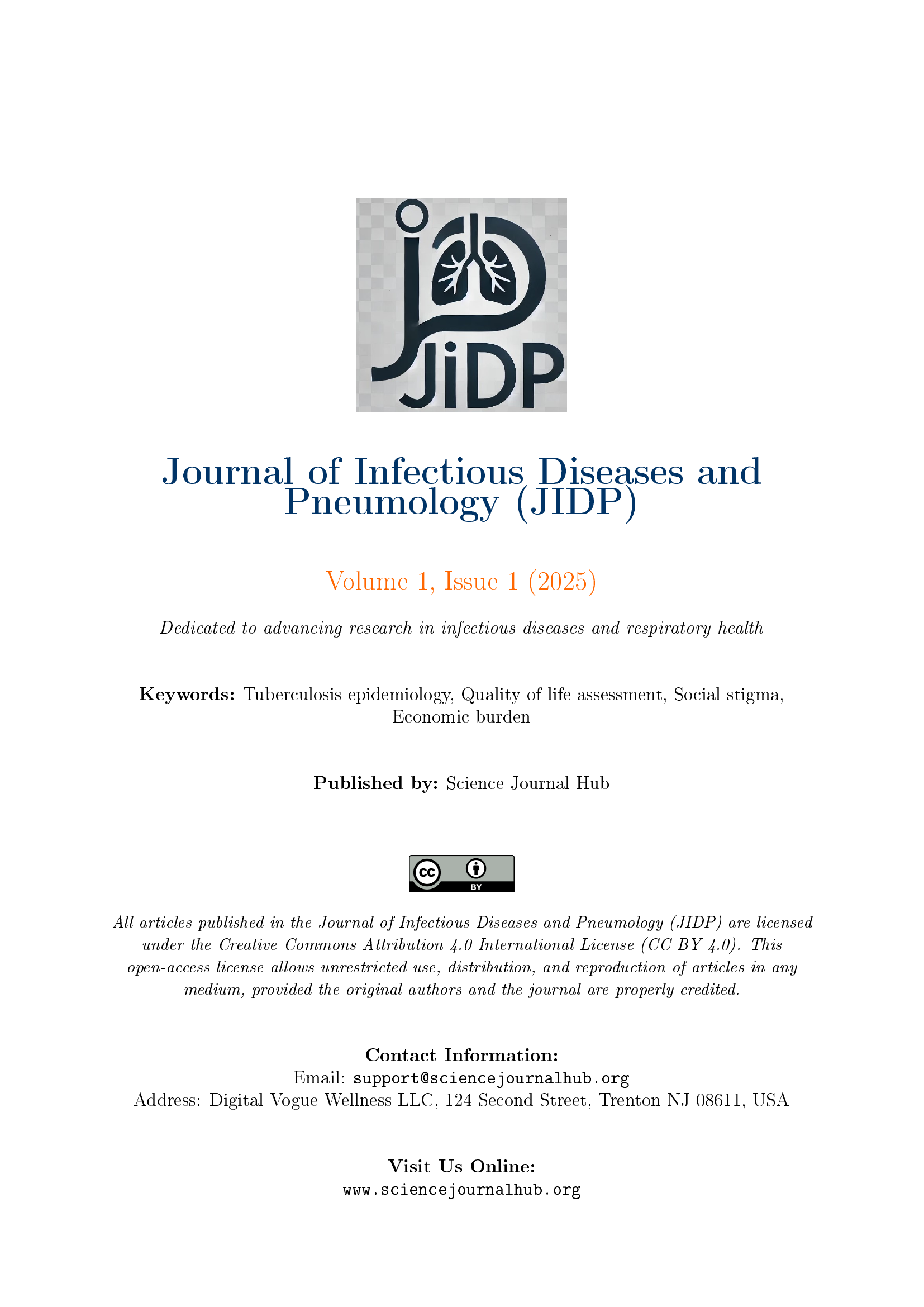Community Engagement in the Fight Against Tuberculosis: A Global Priority
Résumé
Tuberculosis (TB) remains one of the leading causes of death worldwide, affecting millions of people each year, particularly in the most disadvantaged regions. Despite advances in prevention, diagnosis, and treatment, eradicating the disease remains a major challenge. Community engagement, though essential, is often underutilized in TB control strategies. By integrating local communities, global interventions can be transformed into relevant and effective actions tailored to local realities.
Raising Awareness and Preventing Stigma through Communities
Communities play a crucial role in raising awareness and reducing the stigma associated with TB. Studies have shown that campaigns led by community members significantly improve knowledge of the disease and encourage individuals to seek early diagnosis. Research has found that community involvement not only strengthens prevention efforts but also reduces barriers caused by social stigma, facilitating faster access to care [1]. Furthermore, community awareness programs have been shown to mitigate self-stigma, an often-overlooked factor influencing treatment adherence [2].
Diagnosis and Treatment: The Vital Role of Communities
Community involvement in early diagnosis and treatment follow-up is essential for breaking the transmission chain of TB. Initiatives that train local volunteers to identify suspected cases in rural areas have led to significant increases in screening rates [3]. Additionally, peer support for patients within their communities has proven particularly effective in improving treatment adherence and reducing relapses. These approaches strengthen the continuity of care and provide patients with crucial support throughout their treatment journey [4].
Strengthening Local Capacities for Sustainable Impact
Building community capacities is a key element in maximizing the impact of local initiatives. This includes training communities on TB symptoms, prevention methods, and referral procedures. Participatory models, such as community health committees, help bridge gaps in healthcare systems and ensure close collaboration with local populations. These committees play a strategic role in ensuring that responses to TB challenges are tailored to the specific needs of the communities they serve [5].
A Priority for Future Strategies
Community engagement is a powerful lever in the fight against TB. It not only improves access to care but also enhances the impact of global programs by tailoring interventions to local contexts. To achieve the global goal of eradicating TB, it is imperative to prioritize community engagement by investing in initiatives that involve communities at every stage of the fight against this disease.
Téléchargements
-
PDF (Anglais)
3119
Publiée
Numéro
Rubrique
Licence
All articles published in the Journal of Infectious Diseases and Pneumology (JIDP) are licensed under the Creative Commons Attribution 4.0 International License (CC BY 4.0). This open-access license allows unrestricted use, distribution, and reproduction of articles in any medium, provided the original authors and the journal are properly credited. By adopting this policy, JIDP promotes free and equitable access to scientific knowledge.









